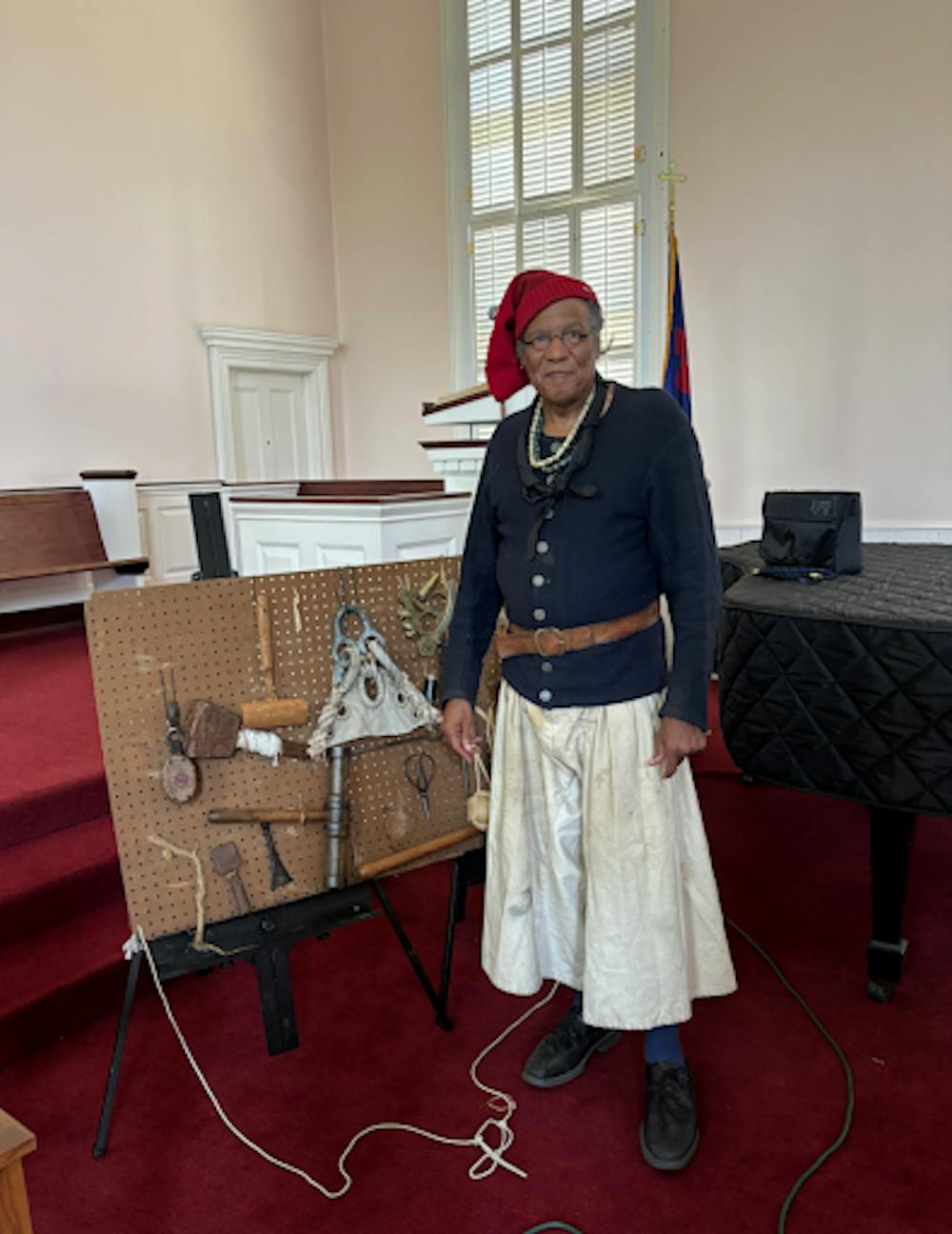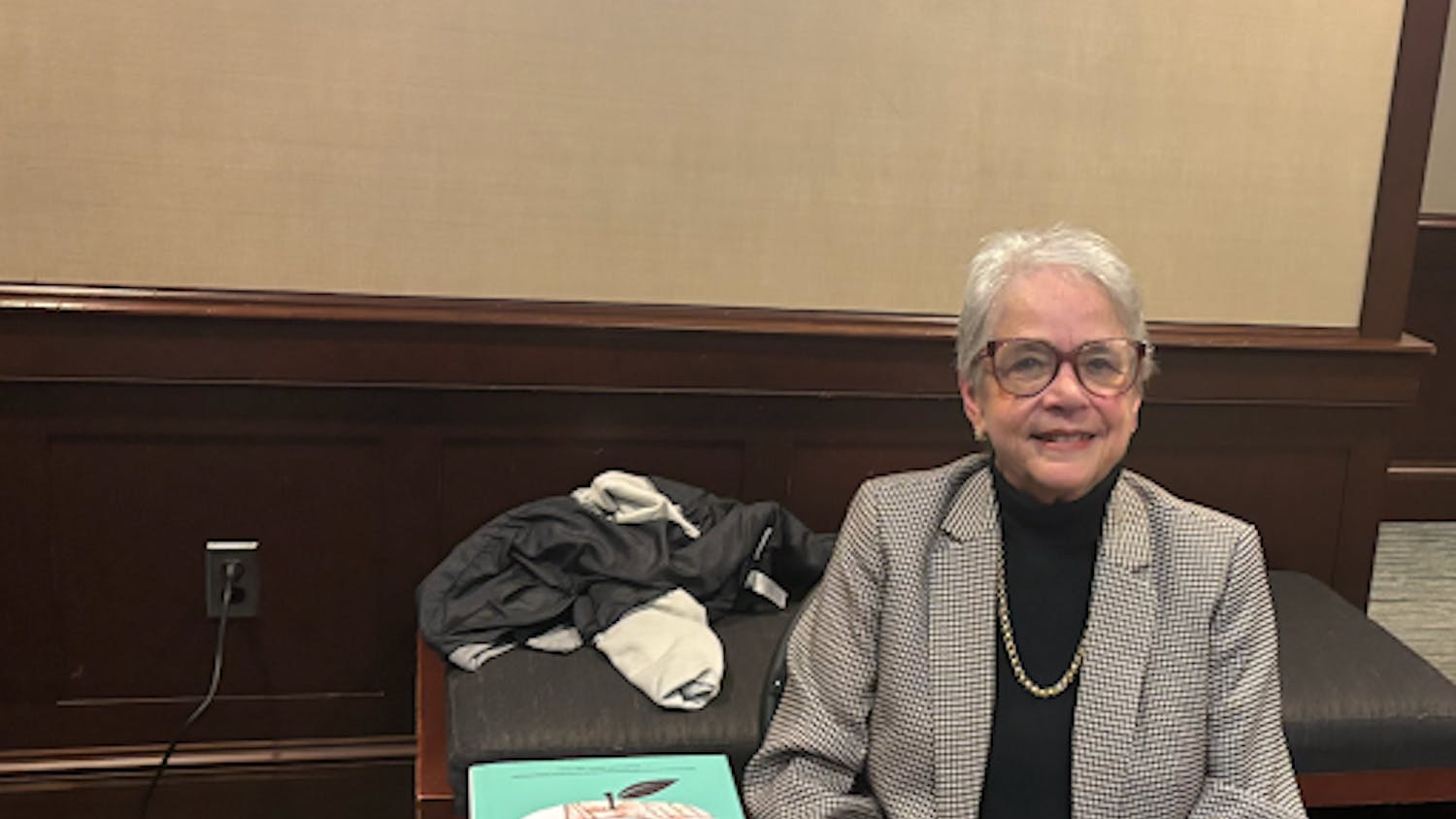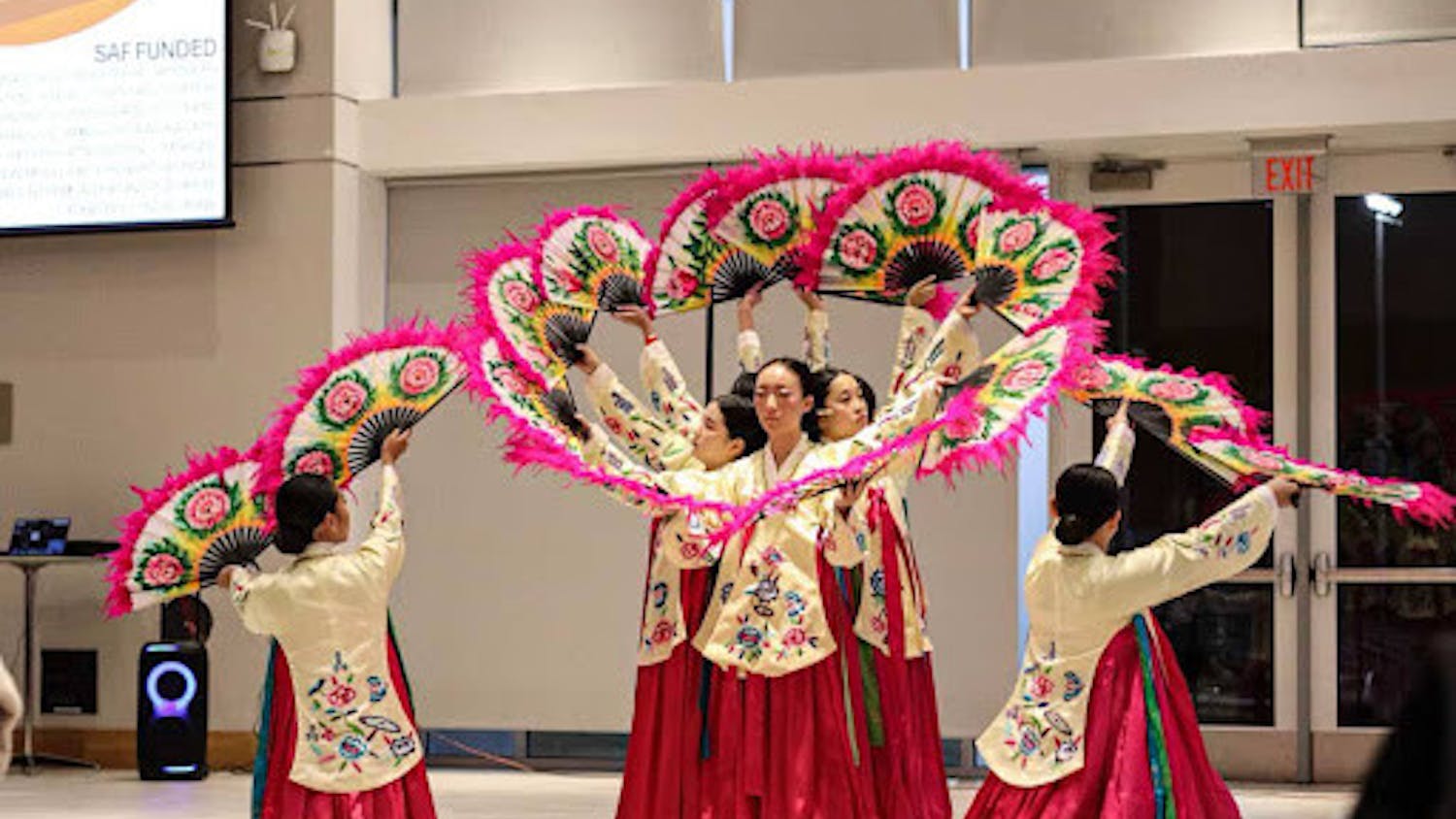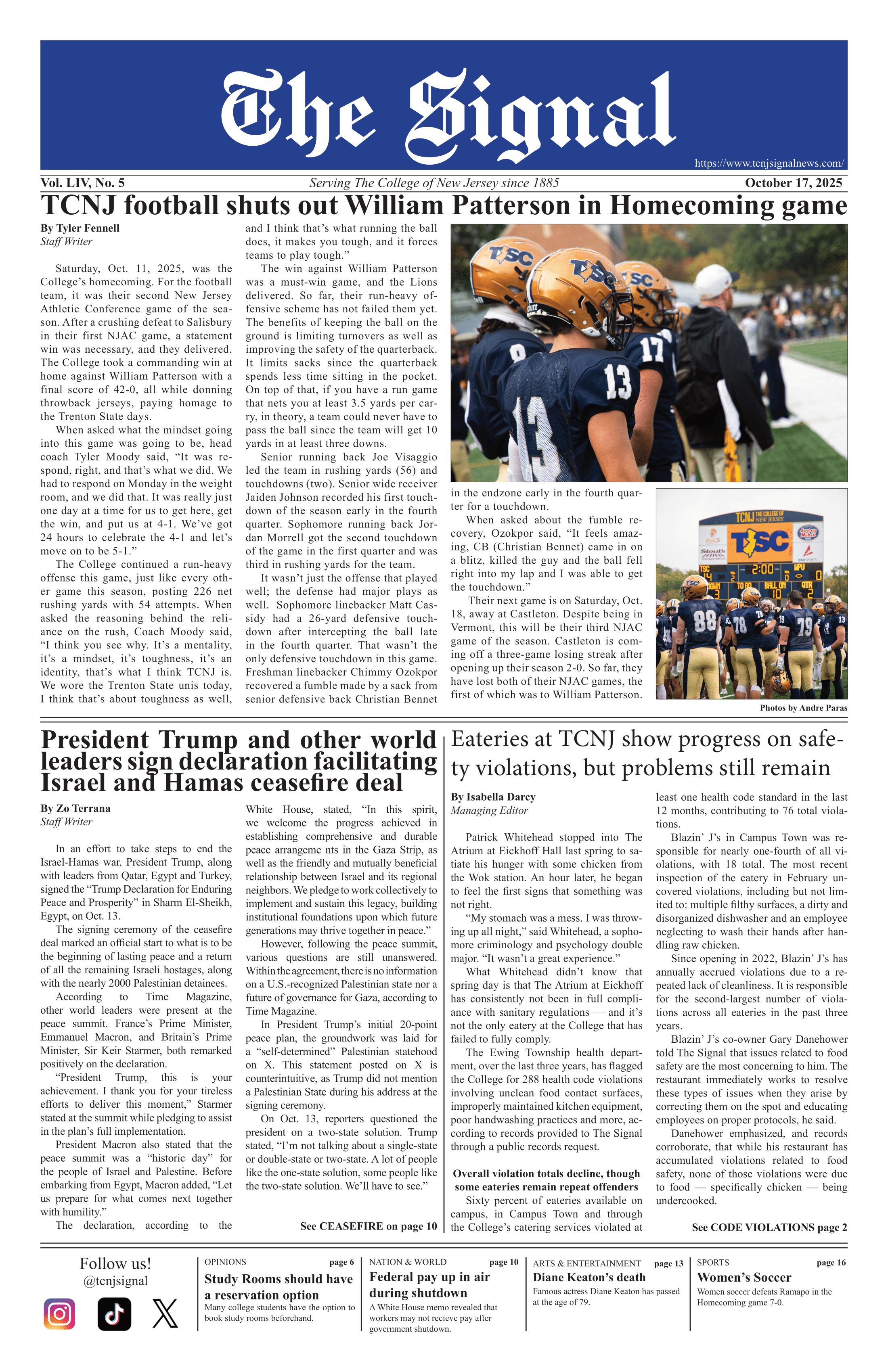By Isabella McHugh
Correspondent
Heads rose when Leon Brooks stepped to the front of the chapel room, dressed from top to bottom in an enlisted sailor’s uniform.
“Ahoy!” He shouted and looked around at each attendee. “Are you ready to set sail?”
After capturing the audience’s attention, Brooks had everyone row an imaginary oar and sing along to a sea chanty.
Brooks, a reenactor for the First Rhode Island Regiment and Marblehead Marines, stepped into the Titusville Presbyterian church to take spectators on a voyage through the history of African Americans in the Navy.
Brooks spoke about how when people think of the American Revolution, the Navy doesn’t typically come to mind at first. However, their efforts were pivotal, especially in George Washington’s crossing of the Delaware Water Gap in the Battle of Trenton. He said Black people were present in that event as well.
Brooks also discussed the experience Black people had on Navy ships during that time, which varied significantly for each person. Racism was always a factor, though, and often prevented Black people from achieving a high rank.
“They were a common sight in the mercantile trade, but they were not a welcome sight in all ports,” said Brooks. “These men, being on ships, got to travel, got to see things. The last thing they want is a slave to be informed.”
This was a very sad but common fact of the time. Slave owners prevented those who were enslaved from learning how to read and write for the core reason that knowledge is power, according to Brooks.
Despite this, and Washington’s demand for no Black people in the Continental Army, they were allowed on board due to shortages in manpower.
“There’s many ways to die on a ship,” Brooks said emphatically.
He explained that most sea jobs were not a choice. Manning the ship itself is a feat. When you top that off with diseases, the cold temperatures and lack of food, it can be unbearable for anyone on board.
The audience was engaged with Brooks’ captivating storytelling, but also with ship artifacts that were used during the Revolutionary War. Attendees were able to touch and ask questions about each one.
An audience member said, “He’s very authentic. I see a physical presentation of a 19th-century, 18th-century jack tar, tar being a sailor. Definitely, that impressed me. I learned a lot about this subject. Overall, it was a very good talk.”
Brooks also spoke about the importance of public presentations and reenactments, stating, “Now I attended a Black college, had African American history, African American literature, but there was no discussion about the military contributions of Black people.”
Brooks is originally from Philadelphia, but moved to Trenton, N.J., where he worked as a database coordinator for the library at Trenton State College beginning in 1987. He continued working various information technology jobs, which aligned well with his extensive knowledge of history. He did this until 2014, and now shares American war history to audience groups.
In his free time, Brooks has been reenacting historical events since 2001. His first role consisted of portraying a sick patient from the Sixth Regiment United States Colored Troops. During the Civil War, this group fought on the Union’s side.
In the presentation, Brooks also discussed acting in the 2005 PBS Documentary, “Slavery and the Making of America.”
On the Revolutionary War side, Brooks explained that he was welcomed as a soldier for the First Rhode Island Regiment later on in his career. This group consisted of 80% Black and 20% Native American members.
At last, Brooks landed on the sea-side of the Revolutionary War when he joined the Marblehead Marines, a sea-faring unit near Boston.
The takeaway Brooks hopes audiences have after hearing these stories is: “The importance of the contribution from the naval side to the American Revolution is underappreciated. And generally, the fact that Blacks played a significant role in the American Revolution.”
He hopes to give these lesser-known stories a voice in this way.







